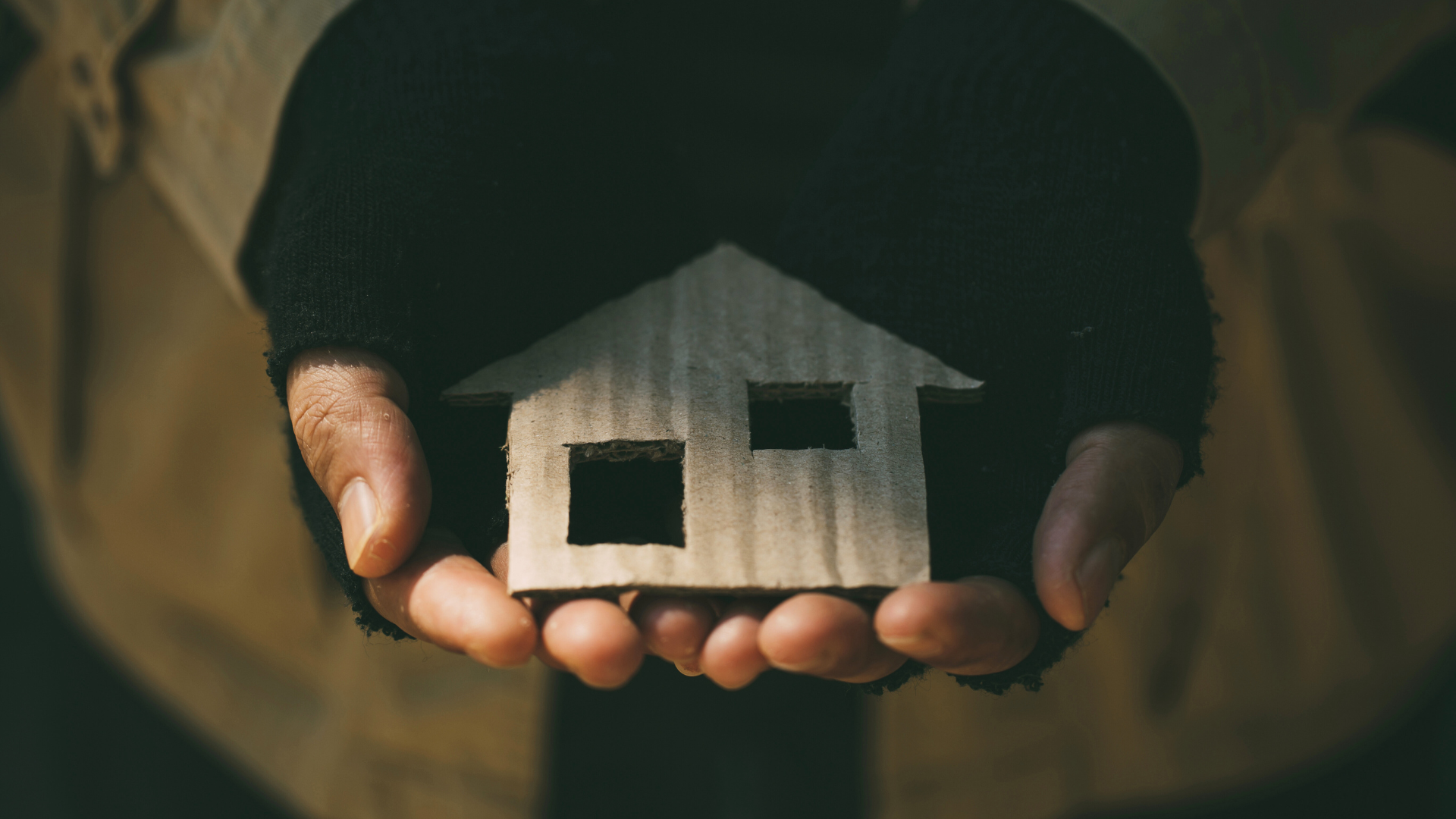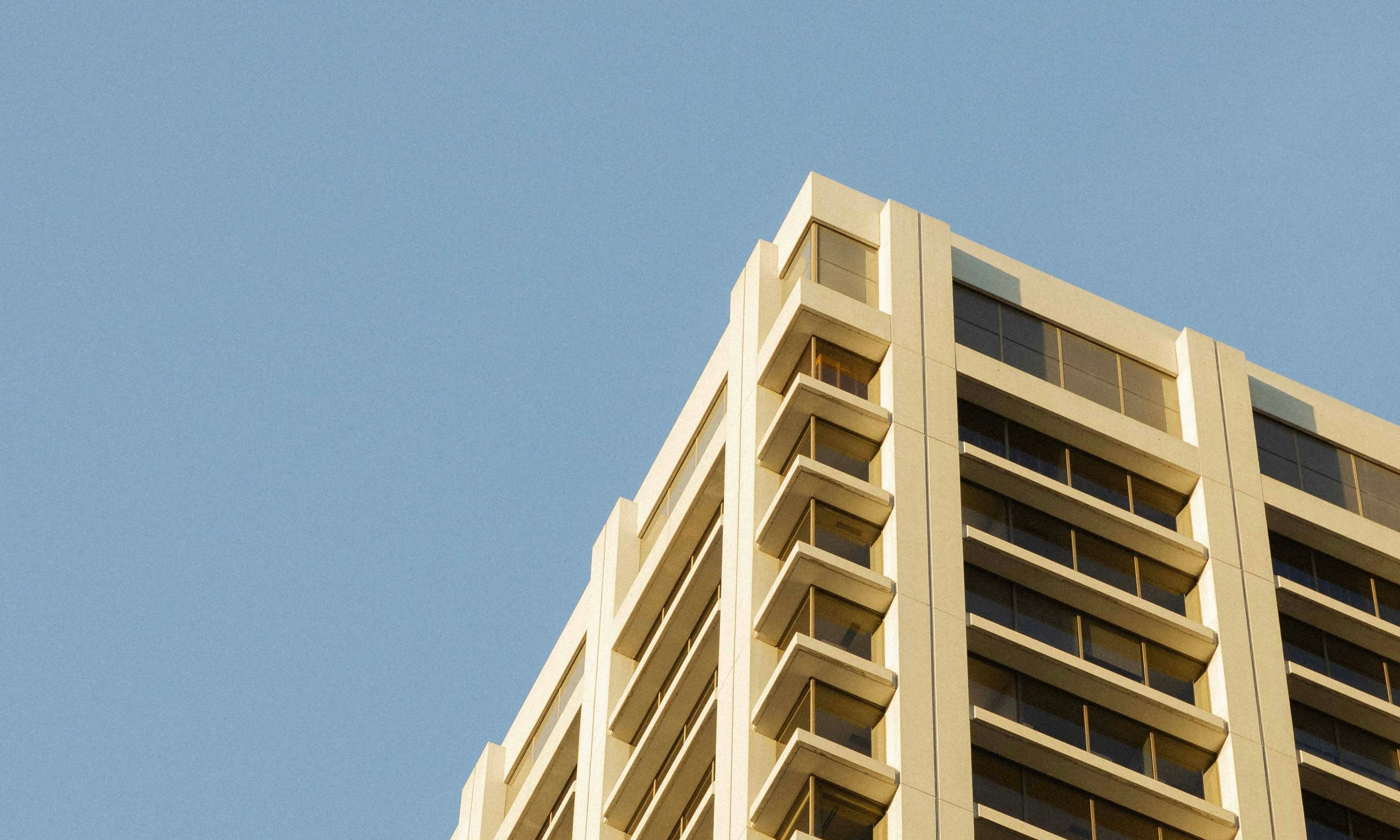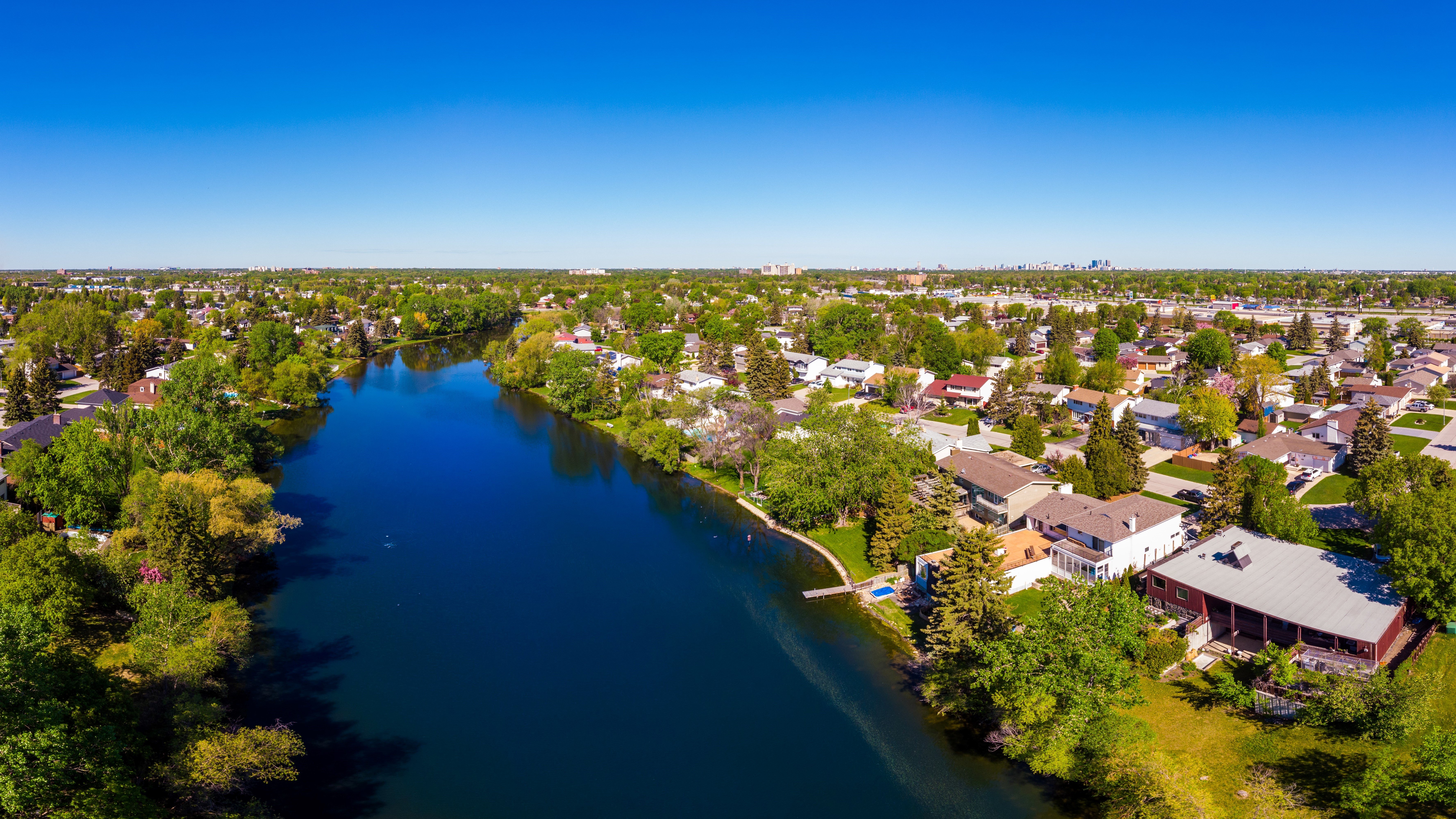Through efforts across the community, the municipality, and the province to create more housing stock, the city of Calgary, Alberta, has not only slowed the rapid rise of rent (40% from 2020 to 2023), but reversed it, reducing the cost of one- and two-bedroom market rentals across the city.
In 2023, Calgary topped major city rental market growth rates, but by 2024, they decreased average market rents, down 6% for one-bedroom units and 7.2% for two-bedroom units. Meanwhile, peer cities like Edmonton (where average market rents rose by 2.7% in 2024) and many other major Canadian cities continued seeing cost increases.
Calgary’s vacancy rates jumped to 4.8% from a low of 1.4%, despite the city’s rapid population growth at an estimated 4.9% in 2024. Although Calgary has a long way to go to meet the housing need, this data suggests that aligning efforts across sectors to increase housing stock has been successful at increasing rental availability and helping to reduce rents.
Municipal Levers in Action: Re-Zoning & Land Disposition
Re-Zoning
The Municipality has reduced red tape to help builders build.
Under its Home is Here Housing Strategy, Calgary’s municipal government streamlined construction processes to encourage faster building. After lengthy council deputations from residents, businesses, and community groups, the City Council passed a series of rezoning bylaws to allow the construction of multiplexes and row houses in areas formerly zoned for single-family homes only. This has expanded housing options, made homeownership more accessible for middle-income earners, and eased rental demand.
Before the zoning changes took effect, developers faced lengthy rezoning applications – applying individually and waiting up to two years for project approval despite a 90% approval rate. The rezoning bylaw cut red tape, made the process more efficient, and facilitated more affordable housing construction. Development permit approvals for new non-market homes in 2024 surged by 850% compared to 2023 numbers.
Land Disposition
The municipality has also made it easier for non-profits to develop non-market housing by implementing the Non-Market Housing Land Disposition Policy in 2019 and revising the policy to include non-surplus land in 2023. This policy has reduced competition by taking private developers out of the sale process and allows the city to sell the land below market value directly to non-profits.
It also pre-identifies city-owned land that can be allocated for non-market housing and gives city administration approval authority for projects that meet eligibility criteria – rather than the city council approving each time. This offers non-profits a structured timeline for land disposition so that they know which lands will become available and when, rather than seeing land sold on a case-by-case basis.
In 2024, three land sales are in development or have completed close to 400 new affordable homes. A fourth confirmed sale is slated to develop another 387 units.
Provincial Levers in Action: Funding Housing Stock and Stability
Housing Stock
The province of Alberta has significantly increased its funding for affordable housing, notably investing in maintenance and repairs to keep affordable housing stock from disappearing and preventing people from losing their homes.
Alberta’s affordable housing challenge is not only challenged by the pace of new housing builds, but a simultaneous degradation of existing affordable housing stock.
The majority of Calgary’s affordable housing stock was created by the federal government in the postwar period between the 1960s and 1980s. By the early ’90s, Calgary’s homelessness rate was at less than 1%.
Since being built, however, these postwar homes have slowly been degrading, leading to the loss of thousands of homes in Calgary and across the country. This trend of declining affordable housing stock, coupled with a surge of economic activity and residents in Calgary in the early 2000s, has led to high rents and high housing costs, with Calgary experiencing some of Canada’s highest homelessness rates by 2008.
Stability
In addition to funding the preservation of affordable housing stock, the province is helping keep people housed by increasing its Rental Assistance Program budget year over year, by 8% in 2024 and 10% in 2025. This portable subsidy travels unit-to-unit with people to help with the cost of housing.
Community Levers in Action: Aligned Advocacy Through Collaboration
Community organizations have played a critical role in Calgary’s affordable housing system through advocacy. Groups like Vibrant Communities Calgary and the Social Policy Collaborative have conducted research, engaged policymakers, and raised public awareness about housing and homelessness.
Their efforts have included:
-
Presenting at City Council to support rezoning and the Calgary Housing Strategy.
-
Researching housing and homelessness trends from 1970 to 2009, including waitlists and deteriorating units.
-
Examining the connections between housing instability, mental health, addiction, crime, and taxpayer costs.
-
Sharing stories of eviction and rent struggles to illustrate the housing challenges many residents face.
-
Highlighting the financial strain on non-profits trying to meet rising housing demands with stagnant funding.
-
Advocating for greater housing investment in provincial budgets.
Calgary’s housing progress is the result of coordinated efforts across multiple sectors:
-
The city has made it easier for both non-profit and for-profit sectors to build, and developers have expanded their supply.
-
The province has increased funding.
-
Community organizations have provided critical research, advocacy, and support for new policies.
While challenges remain – the scale of housing need is still much bigger than the new affordable stock – we are beginning to see trends moving in the right direction, leading to greater housing affordability in Calgary.
__________________________________________________________________________________
The Tamarack Institute is a registered Canadian charity dedicated to ending poverty in all its forms, for good. We support real people and invest in real communities for long-term change.






















